Fuses and Circuit Breakers
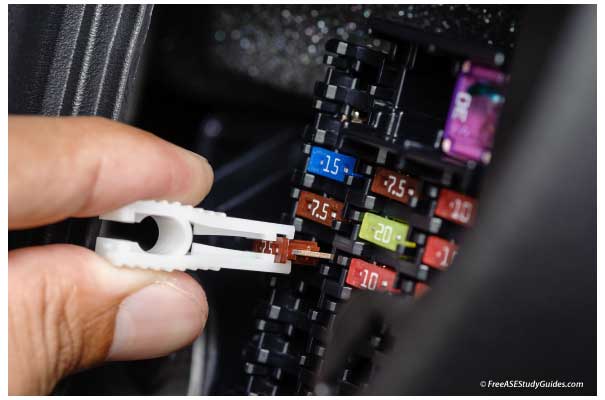
Circuit protection devices like fuses and circuit breakers protect the circuit's wires and sensitive components from circuit overload. A fuse is a metal strip that melts if there is too much current. As a result, the element in the fuse breaks open, protecting the rest of the circuit.
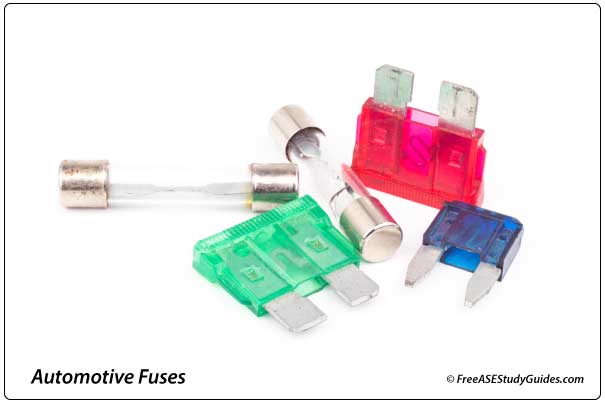
Most are made of see-through plastic and come in different colors, shapes, and sizes. They come in different colors to quickly indicate the different amperage ratings. They also come in small, standard, and max sizes.
Many of today's vehicles combine mini and standard fuses. Mini fuses conveniently fit into a small housing that takes up less space in a kick panel or under an instrument panel.
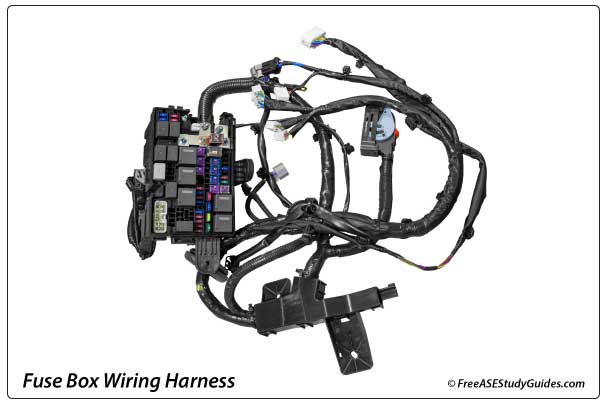
A circuit protection device like a fuse or circuit breaker opens the circuit before any other components are damaged. Do not replace the recommended fuse with one with a higher amperage rating. Installing a fuse with a higher amperage rating may damage sensitive components and wiring in the circuit. A higher-rated fuse allows more current to flow through the wiring than it can handle.
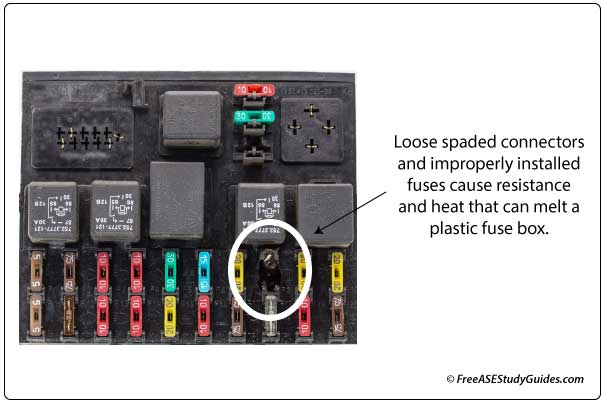
The fuse must fit snugly in its connector. Excessive resistance and loose connectors in the fuse box or distribution center cause the case and plastic holder to melt.
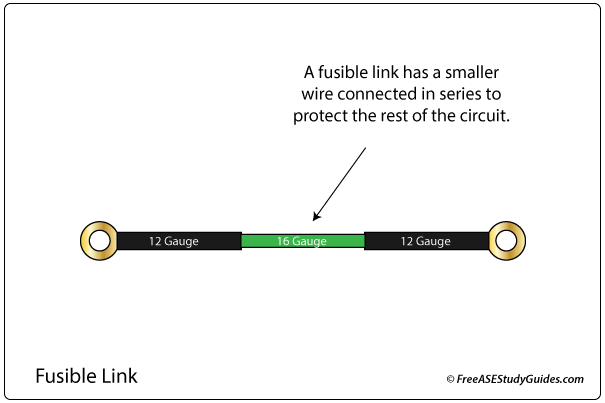
A fusible link or inline fuse creates a weak point by installing a smaller wire than the rest of the circuit. These fuses are easy to diagnose because the insulation will bubble, indicating a blown link.
Circuit Breakers

Circuit breakers protect the circuit by creating an open when a circuit overload occurs. The difference is that many circuit breakers can be reset and returned to service. Self-resetting breakers use a heating element that bends and creates an open until it cools, straightens, and completes the circuit again.
A circuit overload continues in a cycle of opening and closing until the short or the component creating the draw is found and repaired.